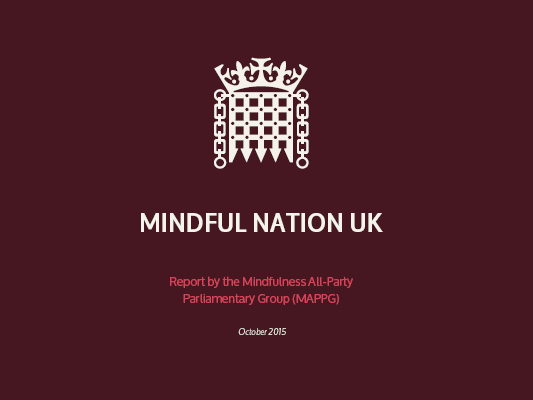This is the title of a book by Prof. Robert Sapolsky, and it has a simple message (though the book is anything but simple). For me, it’s a message that pulls together two factors, a similarity and a difference. Both zebras and humans are mammals and share some aspects of biology, including the core mechanisms of a stress response. And we are different because we have a thinking mind – at least, we believe, more so than zebras.
When we perceive a threat, our bodies start a biological process via the sympathetic nervous system, often called the fight, flight, freeze response. It puts us on high alert towards the perceived threat. It’s driven and supported by a hormonal cascade, including an increase of adrenaline, noradrenaline, and, a few seconds later, cortisol.
The terminology of this biological response isn’t important, but the experience will be familiar. We will have all benefited from it (running for the train or a final burst of energy to finish a task) and almost certainly suffered with it too (I can’t think straight or sleep).
The second core mechanism is our ability to think. Zebras, when not running for their lives, seem to enjoy grazing in the sun. And, although we may enjoy time in the sun, we’re also quite good at thinking ahead to problems that might occur or going over ones from the past, both of which can also lead to a stress response. We’re not about to be eaten, but we can imagine all sorts of unpleasant things that might happen. As the author Mark Twain said, “I have been through some terrible things in my life, some of which actually happened.”
We could make light of this psychological stress with phrases like ‘it’s all in your head’ or ‘it might never happen.’ There is a grain of truth to this, but it also underestimates the power of the mind. Our brain is the master organ, and the body will prioritise it over everything else. It’s the central arbitrator of every pleasantness and unpleasantness, every drive and break; nothing is more powerful. So, let’s not use phrases like ‘it’s all in your head’ as a simile for it’s not real; there is nothing more real, to us.
This isn’t great news if you’ve ever suffered from stress, anxiety, or other psychological issues. But it can also be good news if you have approaches to help use that power to support yourself. Mindfulness is a set of techniques or skills that help us develop this power, as are therapy models like CBT or any approach that allows us to combine intellect and behaviour to make a difference.
So, why don’t zebras get ulcers? Our zebra is out on the savanna, grazing. It sees or hears something suspicious, which triggers the stress response supplying the focus and energy to literally run for its life. Either the zebra is caught and eaten, a permanent ending to its stress. Or, more likely, it escapes, and the stress response has done its job and abates. Relax, no more tension, back to munching grass.
Our psychologically driven stress doesn’t always have such a clear ending, which, if unmanaged, can lead to it lingering much longer than is helpful, becoming chronic (long-lasting) – which is the connection in humans to stress ulcers.
I consider short- or long-term (resilience) approaches for managing psychological stress. Though, any strategy, if overdone or poorly done, can have downsides, which are more evident in some coping mechanisms, like drinking alcohol, smoking, and over-eating.
Other short-term tools, like exercise, relaxation, or breathing techniques, can be helpful. I think of mindfulness as helping us develop long-term approaches to managing stress. Although not a perfect analogy, one is like taking a painkiller for a headache, and the other is learning to stop the headache from coming. Both are valuable.
What short and long-term approaches do you find helpful for managing your stress and improving resilience?










